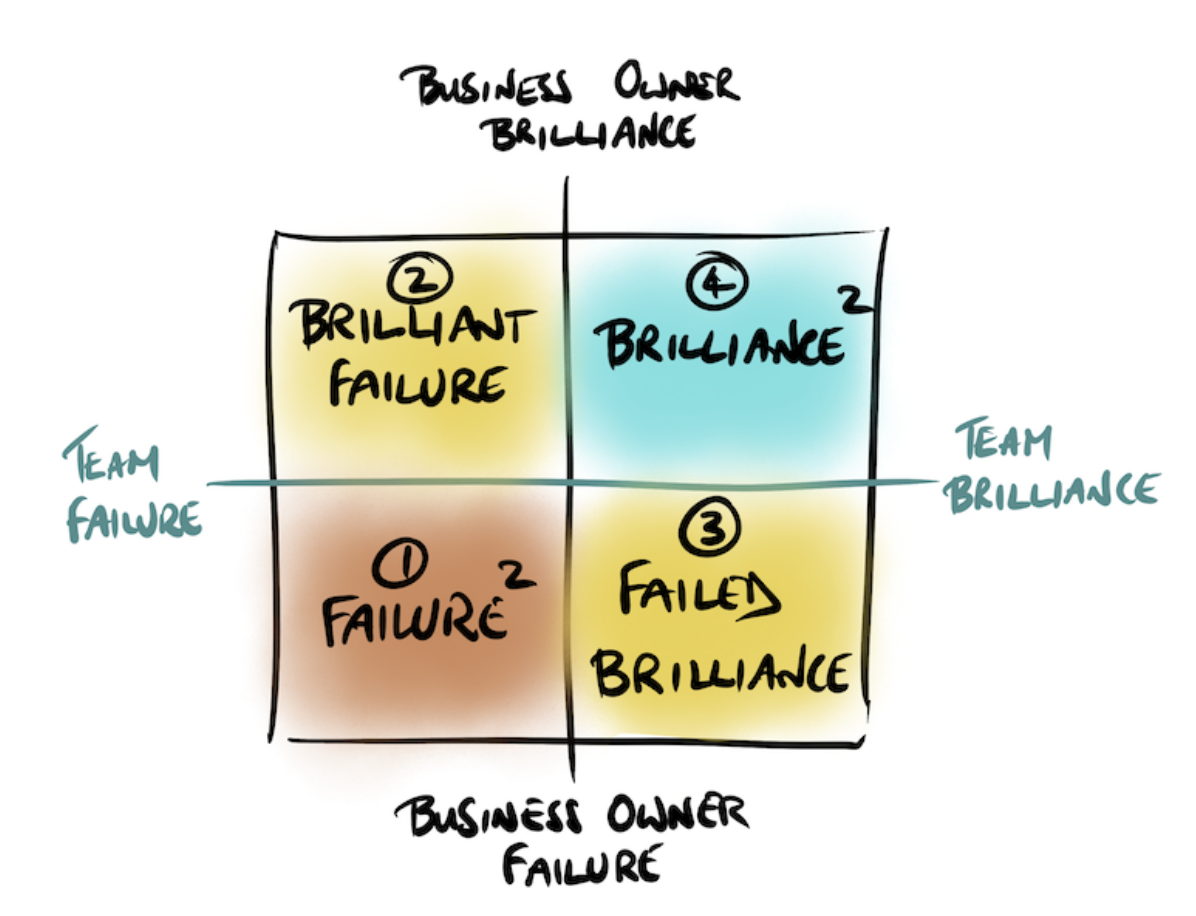
#15- The Power of Full Engagement: Harnessing the Power of Energy Management
Welcome back to another episode of Impactful Teamwork! In today’s podcast, we’ll be diving into the power of full engagement. Last week, we discussed the importance of energy management over time management in business. Energy levels within an organization are contagious, creating either positive or negative ripple effects. As leaders, it’s our job to orchestrate and optimize the energy within our teams.
The Shift from Time Management to Energy Management
In the past, business leadership focused heavily on managing time and avoiding stress. The old paradigm emphasized seeing life as a marathon, where downtime was considered wasted time. Leaders relied on self-discipline, rewards, and the power of positive thinking to fuel performance.
However, we now recognize that energy management is the fundamental currency of high performance. This shift has transformed how we approach leadership and organizational effectiveness. Instead of avoiding stress, we seek it in short, productive bursts. Life is viewed as a series of sprints, where intense focus is followed by rest and recovery.
Embracing Downtime and Refueling
It’s crucial to understand that downtime is productive time. When we step away from work, we often gain new insights and ideas. Our subconscious minds work on problems, providing solutions when we return refreshed. Leaders must model the importance of refueling their tanks, showing their teams that it’s okay to take time off.
The Power of Full Engagement
The book The Power of Full Engagement by Jim Loehr and Tony Schwartz has been life-changing for me. It emphasizes that managing energy, not time, is the key to high performance and personal renewal. The authors highlight four types of energy: physical, emotional, mental, and spiritual. To achieve full engagement, we must manage and renew each type of energy.
Principle One: Four Sources of Energy
Full engagement requires drawing on four interconnected sources of energy: physical, emotional, mental, and spiritual. Each type of energy is critical, and neglecting any one of them diminishes our capacity to perform at our best. Physical energy is about the quantity of activity, while emotional capacity ranges from positive to negative.
Principle Two: Balancing Energy Expenditure and Renewal
Energy capacity diminishes with both overuse and underuse. Therefore, we must balance energy expenditure with intermittent energy renewal. Maintaining a powerful pulse in our lives requires rhythmically spending and renewing our energy.
Principle Three: Building Capacity
To build capacity, we must push beyond our normal limits, much like elite athletes. This principle applies not only to physical energy but also to emotional, mental, and spiritual energy. By stepping out of our comfort zones, we can build strength in all areas.
Principle Four: Positive Energy Rituals
Positive energy rituals are specific routines for managing energy, key to full engagement and sustained high performance. These rituals become automatic over time and are fueled by deeply held values. Small, consistent changes compound to create significant improvements.
Physical Energy: The Foundation
Physical energy is often the starting point. Movement and physical exercise are crucial for maintaining energy levels. Healthy eating, adequate hydration, and sufficient sleep are also vital. Tracking sleep patterns and ensuring restorative sleep can significantly boost productivity.
Emotional Energy: Staying Positive
Emotional energy is linked to our physical energy. When physical energy is depleted, negative emotions like anger and frustration can arise. Conversely, high physical energy supports positive emotions. Breathing exercises, such as box breathing, can help manage emotional energy by grounding and calming us.
Mental Energy: Focus and Clarity
Mental energy requires sustained concentration and the ability to switch focus. Activities like mental preparation, visualization, positive self-talk, and creativity fuel optimal mental energy. Visualization, for example, tricks the brain into believing that success has already been achieved, increasing the likelihood of actual success.
Spiritual Energy: Purpose and Motivation
Spiritual energy connects us to values and purpose beyond self-interest. It provides motivation, perseverance, and direction. Embedding purpose into the organization aligns team members with a shared mission, fueling their spirits and driving performance.
Managing Team Energy
Managing energy in the workplace involves having well-being conversations with team members. Encouraging resilience and modeling self-care are essential. Flexible work arrangements and clear boundaries between work and home life can help manage energy levels.
Creating Positive Rituals
Creating positive rituals helps maintain a balance between energy expenditure and renewal. Small, daily practices can have a significant impact over time. For example, physical activity that you enjoy, such as riding a bike or spending time in nature, can boost energy levels.
Final Thoughts
Energy management is crucial for leaders and their teams. By harnessing the power of full engagement, we can create a positive and productive work environment. Leaders must model effective energy management, showing that downtime is essential for sustained high performance.
Thank you for joining me today. I hope you found this discussion on the power of full engagement insightful. Please share your thoughts and comments, and don’t hesitate to reach out if you’d like to join the podcast. Remember, managing your energy is key to unlocking your full potential and creating an impactful team.
From the sunny shores of Greece, where I’m practicing what I preach by taking a digital detox, I hope you get the opportunity to manage your well-being this summer. Until next time, take care and be mindful of your energy.
Show Notes:
Here are the highlights from this episode:
















